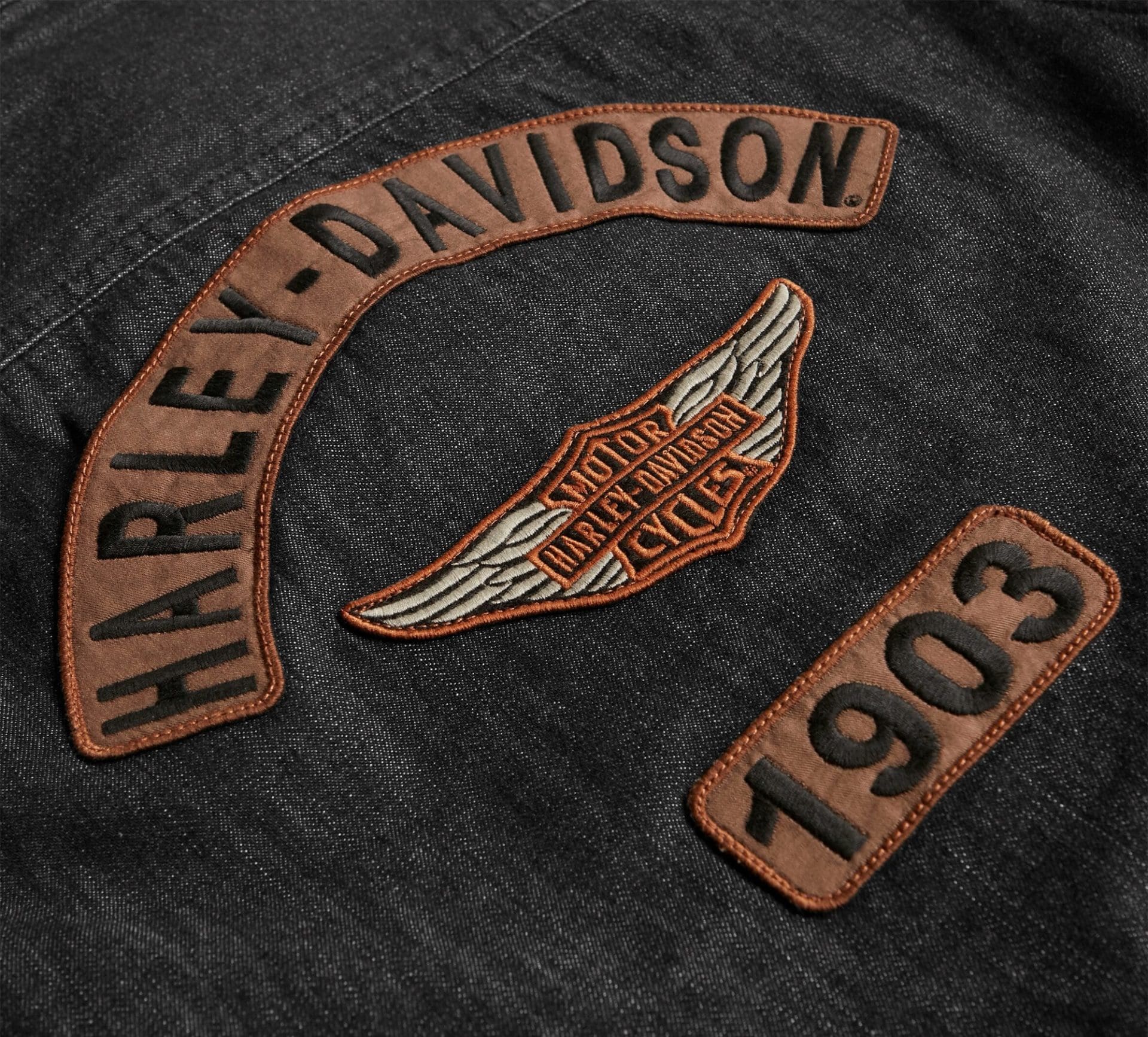
Because Harley-Davidson‘s dealer network has always been critical to its success, the bike maker’s decision to cut the legs out from under it by opening a Harley storefront on Amazon.com was misguided at best.
CEO Jochen Zeitz seems to have a much better grasp of how to save the motorcycle company than his predecessor, and not hurting his dealers was likely the rationale behind the decision to abandon Amazon’s e-commerce platform.
“We want to have a fully integrated, digital e-commerce business with our dealers,” Zeitz told Bloomberg. “Amazon was not really something that got our dealers into the mix.”
Back in style
While there was some sense to ex-CEO Matt Levatich expanding accessibility to the Harley brand through the Amazon storefront, it actually undermined the overall effort to get the bike maker going again.
Because Harley-Davidson is as much a lifestyle brand as it is a motorcycle manufacturer, getting more consumers to buy more Harley clothing and related merchandise could help boost revenue. But the plan sidestepped the dealers by putting the money and profits in the coffers of corporate headquarters.
Apparel remains one of Harley’s smallest segments, generating less than $50 million last quarter, but it is the bike maker’s most profitable business, more so than even parts and accessories.
Its estimated dealer profit margins exceed 40% from the sale of general merchandise, but especially now with motorcycle sales in freefall — they collapsed another 15% last quarter — dealers need those leather jacket, riding boots, and tchotchke sales more than ever. But they can’t generate nearly enough revenue or profit if corporate headquarters is doing an end run around them with an Amazon storefront.
A new way forward
The move is only a temporary salve for the dealers, who are every bit as much the lifeblood of the company as the motorcycles.
Many dealers have been with Harley for decades, with dealerships sometimes remaining in families for generations, something the bikemaker has always encouraged to develop customer loyalty. To be that conduit for a personal relationship with the customer, Harley demanded its owners be onsite to deliver one-on-one customer service and own no more than six dealerships.
It’s one reason why Levatich’s plan to let private equity firms become absentee dealership owners, or a general manager of the sort auto dealerships operate as, was met with such consternation.
Yet there is a reset under way at Harley as it develops its new The Hardwire roadmap for the future, its third corporate visionary plan in as many years.
It is a big departure from the More Roads to Harley plan Levatich outlined several years ago, which said it wanted strong dealers, but undertook a number of efforts that hurt them.
Beyond trying to cut them out of the profitable apparel sales loop, the strategic plan also deemphasized the U.S. market in favor of growing sales overseas. U.S. dealers would be a secondary concern for Harley-Davidson as China, India, and other international markets were deemed more important.
Zeitz has pulled back the throttle on that plan. He is focusing intently on the U.S. market because it is the company’s biggest and strongest base, while also lopping off numerous foreign markets. He says the bike maker would concentrate on just a handful that held the most potential. And rather than being so expansive with 100 new bike models, Zeitz reduced that number by a third.
The future of motorcycles
Because big motorcycles like the one Harley-Davidson is famous for aren’t in favor with many new bike riders today, Zeitz has a challenge ahead in coming up with designs that won’t alienate its base, but still offer a sense of excitement to those looking to buy a motorcycle.
The new Pan American adventure touring bike will be carrying a lot of the burden of resurrecting interest in Harley motorcycles, much more so than the premium-priced LiveWire electric bike. Yet adventure touring is a crowded space dominated by BMW and KTM that have more credibility in the space than Harley.
Still, cutting its dealers back into the apparel sales network further heals the rift that was growing between them and corporate under Levatich. It’s a small gesture, but one that can go a long way toward giving dealers a little more profit to survive until bike sales can start growing again.
Should you invest $1,000 in Harley-Davidson, Inc. right now?
Before you consider Harley-Davidson, Inc., you’ll want to hear this.
Investing legends and Motley Fool Co-founders David and Tom Gardner just revealed what they believe are the 10 best stocks for investors to buy right now… and Harley-Davidson, Inc. wasn’t one of them.
The online investing service they’ve run for nearly two decades, Motley Fool Stock Advisor, has beaten the stock market by over 4X.* And right now, they think there are 10 stocks that are better buys.






